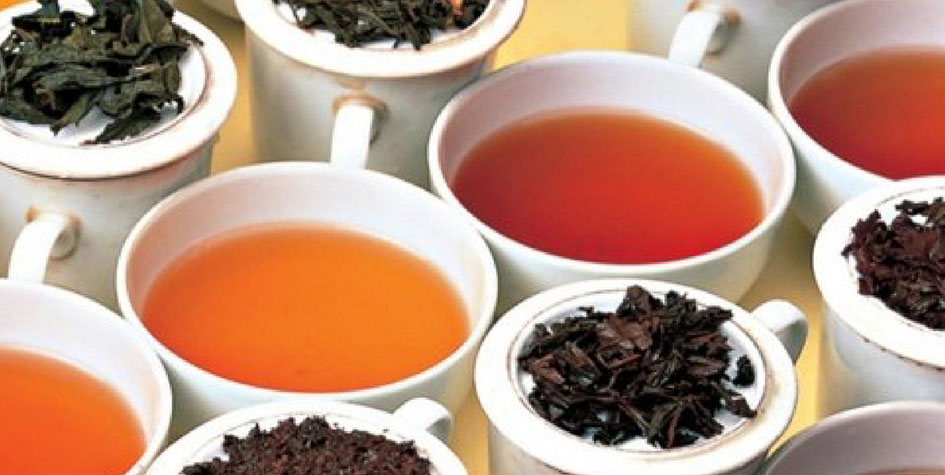

Call it ‘Thae’ in the vernacular in Sri lanka, ‘Chai’ in many Asian nations but ‘Tea’ to the English and known to the world in many languages but one thing remains undisputed; it is that magical brew that touches the sweet spots of the palate making it the connoisseur’s undisputed delight! The plant that produces it being Camellia Sinensis, a close relative of the Rose family, grows abundantly and lusciously in Sri Lanka; formerly known as ‘Ceylon’ and produces a wide plethora of tea. A brief elucidation of its versatility is explained below to the discerning consumer who enjoys his or her ‘Cuppa’.
After harvesting the tea leaf by the nimble fingered tea pickers, the processing part in factories could be categorized into a larger segmental analysis of process such as Withering, Rolling, Fermenting, Drying, Grading and Packing in chronological sequence and generally are applicable to many forms of tea produced with subtle variances in certain segments for the variety needed to be produced.
While leaving the details of various processes adopted in factories for the production of the highest quality tea for another discussion paper, we limit the contents of this article to elucidate in brief the multiple growing regions and elevations and their relevance to the particular characters of the tea produced.
The elevations in Sri Lanka are broadly categorized into three segments vis-à-vis High Grown, Mid Grown and Low Grown. Factories situated at more than 4,000 feet (1 meter = 3 feet 3.37 inches approx.) above mean sea level (MSL) falls under the High Grown category, above 2,000 feet up to 4,000 feet falls under Mid Grown and below 2,000 feet falls under the Low Grown category. As Sri Lanka feeds some of the most niche markets world over, steps were taken to patent/register seven regions that produces tea in the above three elevations which each major agro climatic region having its own indigenous characters and very briefly described below.
NUWARA ELIYA – ‘Delicately fragrant’
UDA PUSSELLAWA – ‘Exquisitely tangy’
DIMBULA – ‘Refreshingly mellow’
UVA – ‘Exotically aromatic’
KANDY – ‘Intensely full-bodied’
SABARAGAMUWA – ‘Exceptionally stylish’
RUHUNA – ‘Distinctively unique’
The most common types of processing in tea factories are generally grouped as: Full Orthodox, Rotorvane Orthodox, Leafy/long leaf, Crush Tear and Curl (CTC) etc., These methodologies will be discussed in more detail in another article.
Obsolete methods such as Lawrie’s Tea Processing (LTP) are no longer practiced here. Green tea too is produced here in Sri Lanka but is no match in volume to the very much larger quantities of black tea. However, minute quantities of speciality teas such as Silver tips, Golden tips, White tea etc. are processed on need basis.
Stringent monitoring and the obtaining of certification on international standards on the processes of high quality tea has been the emerging trend in Sri Lanka and these are coupled with the highly organized and transparent public auction for sales in Colombo, meeting high ethical standards that are foremost in maintaining the reputation and pristine glory carved out over years of tradition and expertise as the world’s top tea – Ceylon Tea. Recent developments arising out of the Covid-19 pandemic has paved the way for the electronic bidding auction thereby deviating from the over a century old traditional ‘eye contact, oral bidding’ process. The country continues to maintain the highest standards meeting the strictest MRL requirements and various recognized technical and ethical certifications.